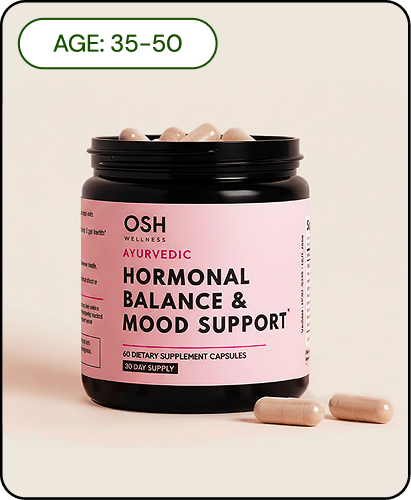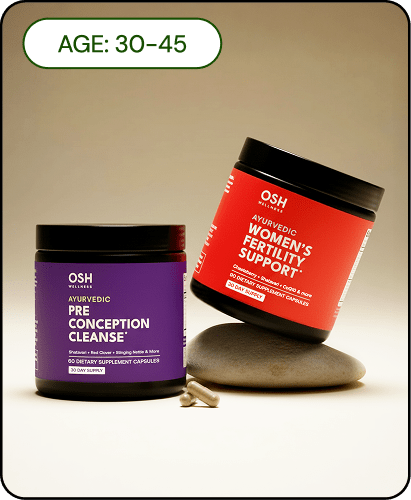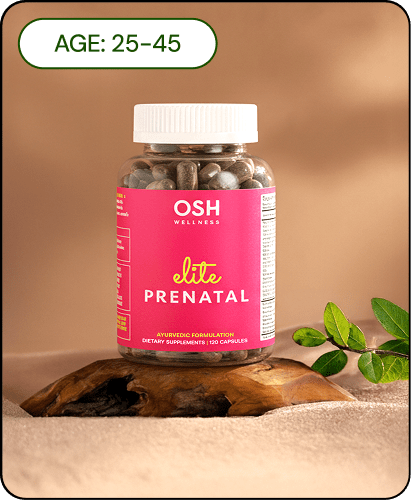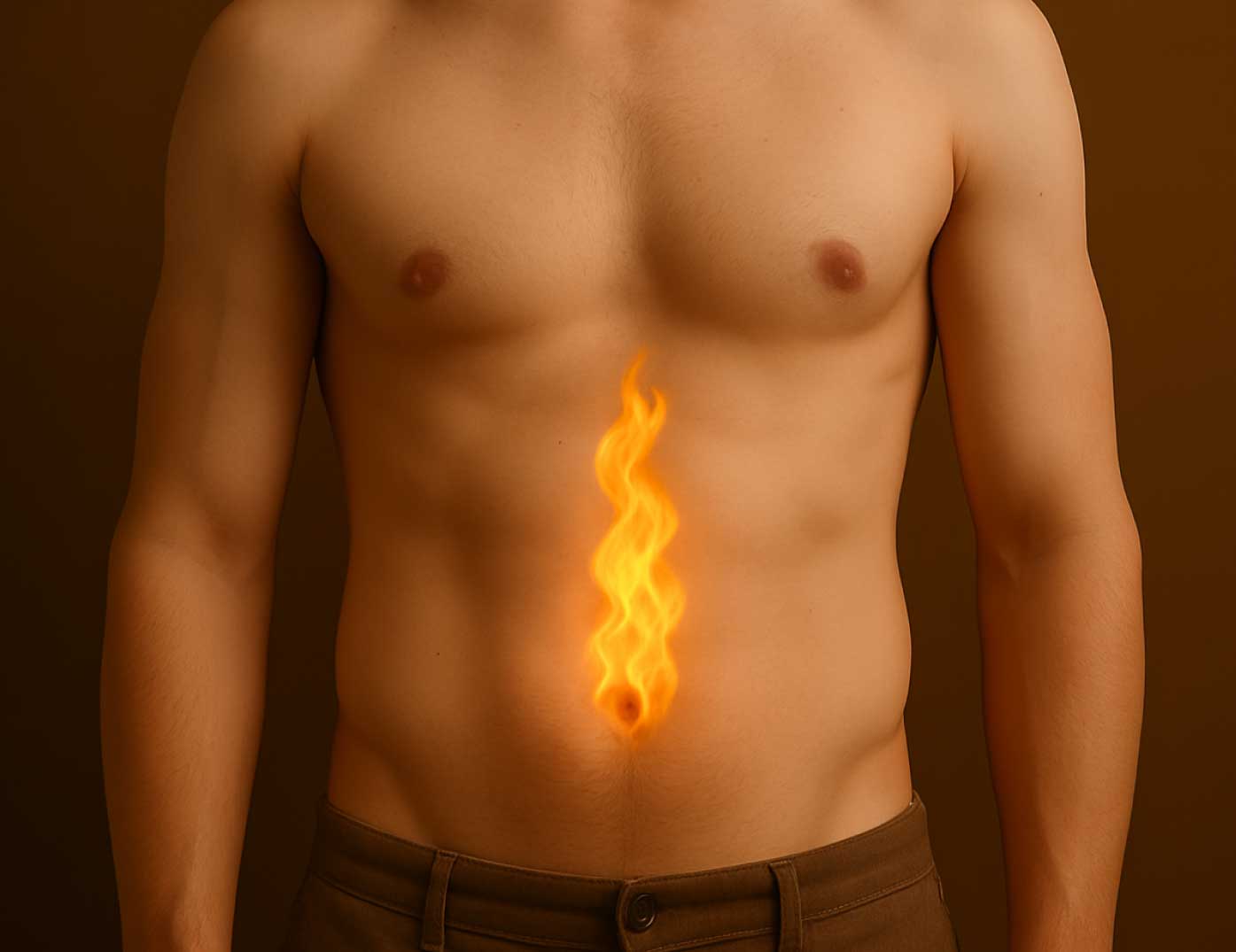Table of contents
Premenstrual Syndrome (PMS) is a multifaceted condition that affects millions of menstruating individuals, marked by a wide range of physical and psychological symptoms. A deeper understanding of PMS reveals the complex interplay between hormonal fluctuations and emotional regulation, and how these shifts impact daily life. This article explores these connections from the biological to the emotional, offering insights grounded in research and practical strategies. Our aim is to foster awareness, reduce stigma, and support those affected by this recurring and often misunderstood condition.
Understanding PMS: A Brief Introduction

PMS is defined by a constellation of emotional, behavioral, and physical symptoms that emerge in the luteal phase of the menstrual cycle and typically subside once menstruation begins. Common symptoms include mood swings, irritability, anxiety, breast tenderness, and bloating. Research shows that up to 75% of menstruating women may experience some degree of PMS, although the intensity of symptoms can vary widely [1].
A more severe form of PMS, known as Premenstrual Dysphoric Disorder (PMDD), affects 2–8% of menstruating individuals and is marked by pronounced mood disturbances that impair daily functioning [2]. PMDD is associated with an elevated risk of mood disorders, underscoring the importance of tailored management strategies [2].
Despite its prevalence, PMS is often misunderstood. It is sometimes dismissed as purely psychological, leading to underdiagnosis and stigma. Nevertheless, PMS is officially recognized in medical classifications, validating it as a legitimate health concern [3]. Promoting clarity in symptoms, diagnosis, and treatment fosters better support for affected individuals and enhances broader awareness of women's health issues.
Background and Context of PMS

The historical understanding of PMS demonstrates evolving awareness of its effects. Ancient Greek and Roman physicians noted behavioral fluctuations correlated with menstruation, but formal classification did not emerge until the 20th century. The 1930s saw the term "premenstrual tension" develop into "premenstrual syndrome" by the 1950s, as recognition of a broader range of emotional and physical symptoms grew [4].
Data shows that PMS affects approximately 47.8% of women of reproductive age, causing symptoms that interfere with daily activities. In contrast, PMDD is a more severe condition affecting 3–8% of women, distinguished by intense emotional disturbances such as mood swings and irritability [5]. According to DSM-5 diagnostic criteria, PMDD involves at least five recurrent symptoms during the premenstrual phase that result in significant distress [6].
Scientific research has uncovered the biological underpinnings of these syndromes. Hormonal fluctuations, particularly in estrogen and progesterone, affect neurotransmitters like serotonin [7]. This has implications for treatment. For example, Selective Serotonin Reuptake Inhibitors (SSRIs) have proven to be effective in treating PMDD by addressing these neurochemical imbalances [8].
Hormonal Influences on Mood

Ovarian hormones such as estrogen and progesterone interact closely with brain chemistry, particularly neurotransmitters, affecting mood regulation during the menstrual cycle. Estrogen enhances serotonin production by increasing the enzyme tryptophan hydroxylase and inhibiting monoamine oxidase, resulting in boosted serotonin levels that promote emotional stability [9].
Estrogen also plays a role in dopaminergic pathways, enhancing receptor activity and influencing motivation and reward systems. Some randomized controlled trials suggest that estrogen therapy may reduce depressive symptoms, particularly in hormonally turbulent phases such as perimenopause [10.
Meanwhile, progesterone and its metabolite allopregnanolone affect GABA receptors, which have calming effects during the luteal phase. However, abrupt changes in progesterone levels can lead to increased anxiety and irritability [11].
Overall, the cyclical nature of hormone fluctuations combined with individual susceptibility leads to variable emotional effects. Those experiencing PMS often display lower serotonin levels during the luteal phase, contributing to mood instability [12] .
Psychological Dimensions of PMS

The psychological dimensions of PMS are substantial and can significantly intensify existing mental health issues. Common emotional symptoms include depression, anger, anxiety, and mood swings [1]. These symptoms can interfere with daily functioning, relationships, and overall well-being.
Studies show a link between PMS symptoms and an increased risk of major depressive disorder. Those with conditions like borderline personality disorder or PTSD may find that PMS exacerbates their existing symptoms [13]. PMDD, affecting about 6% of reproductive-age women, often includes severe mood instability and distress [14].
Effective treatments include:
Cognitive Behavioral Therapy (CBT) helps in reshaping negative thought patterns
Pharmacological approaches like SSRIs for severe symptoms [16]
Lifestyle modifications including exercise and mindfulness
These strategies support emotional regulation and offer meaningful relief for those affected.
Differentiating PMS from PMDD

Though PMS and PMDD are linked to the menstrual cycle, they vary considerably in their impact. PMS typically involves mild symptoms like bloating and irritability. PMDD, however, can cause intense psychological symptoms such as depression and even suicidal thoughts [17].
Prevalence figures underline this distinction: PMS affects up to 75% of menstruating people, while PMDD impacts only 3–8% [18]. Managing PMDD often requires aggressive interventions like:
SSRIs
Combined oral contraceptives
Lifestyle and psychosocial interventions [19]
One case study showcased positive outcomes for a PMDD patient using a multifaceted approach: medication, aerobic exercise, and mindfulness activities substantially improved their symptoms and quality of life [20]. Regular symptom tracking and multidisciplinary care are often necessary for long-term management [21].
Practical Applications for Managing PMS

Effective PMS management involves a combination of self-care, support systems, and emotional monitoring tools. Key strategies include:
Dietary changes: Increase complex carbs, fruits, and vegetables; reduce salt and caffeine [22]
Regular physical activity: Exercises like walking or cycling can release endorphins [23]
Stress-relief techniques: Yoga, meditation, or deep breathing exercises can ease anxiety [24]
Ayurveda also offers a holistic and time-tested approach to managing menstrual health that many women prefer over medicinal relief.
Mood tracking and journaling allow individuals to identify emotional patterns and triggers. When used consistently, these tools lead to personalized strategies for symptom regulation and emotional resilience [26].
Relevant Products
Osh Wellness Cycle Care offers holistic PMS support for women 20-35. For women over 35, Hormone & Mood Support provides a tailored PMS solution that also takes care of shifting hormones.
Conclusions

In summary, PMS is a complex condition with emotional, psychological, and physiological components. Understanding its underlying mechanisms helps provide effective support and treatment. A holistic management strategy that includes lifestyle changes, therapeutic interventions, and emotional support can lead to significant improvements in quality of life. Ultimately, raising awareness and encouraging open dialogue about PMS is crucial in addressing the stigma and fostering better mental health outcomes.
FAQs
What are the primary symptoms of PMS?
Common symptoms include mood swings, irritability, bloating, and fatigue.
How is PMDD different from PMS?
PMDD is a more severe condition with intense emotional symptoms requiring clinical management.
What natural remedies are effective for PMS relief?
Options include chasteberry, magnesium, and herbal teas, but consult a healthcare provider first.
Can lifestyle changes improve PMS symptoms?
Yes, regular exercise, a balanced diet, and mindfulness practices can significantly alleviate symptoms.
How do I talk to my doctor about my symptoms?
Use a symptom journal or mood tracker to provide detailed patterns and examples for better clinical evaluation.
Sources
1: Mayo Clinic - Premenstrual Syndrome (PMS)
2: International Journal of Psychiatry - Prevalence of Premenstrual Syndrome and Its Effect
4: Psychiatrist.com - The History and Evolution of PMS and PMDD
5: PMC - Premenstrual Syndromes: Current Perspectives
6: Frontiers in Psychiatry - Biological Mechanisms of PMDD
7: Psychiatry Online - PMDD and Its Implications for Treatment
8: PMC - Treatment Options for Premenstrual Syndrome
9: NCBI - Estrogen and Mood: A Review
10: Dutch Test - Endogenous Hormones and Neurotransmitters
11: Balance Atlanta - The Neurotransmitter Connection to Premenstrual Syndrome
12: Journal of Medication Development - Hormonal Influences on Mood
13: PubMed - Hormonal Fluctuations and Premenstrual Dysphoric Disorder
14: APA - Emerging Science on Severe PMS
15: Johns Hopkins Medicine - Premenstrual Dysphoric Disorder (PMDD)
16: Psychiatry.org - The Menstrual Cycle and Mental Health Concerns
17: Queensland Health - Understanding and Managing PMDD
18: Contemporary OB/GYN - Managing PMS and PMDD Effectively
19: PMC - Understanding PMDD: A Guide to Treatment
20: Gavin Publishers - Integrative Approaches to PMDD Management
21: PMC - Clinical Management of PMDD: Evidence and Strategies
22: Mayo Clinic - PMS Diagnosis and Treatment
23: The Edge Treatment - Premenstrual Dysphoric Disorder: Self-Care Tips
24: Whis San Antonio - How to Feel Your Best During Your Period
25: Everyday Health - Controlling Mood Swings During Periods
26: Women's Health Connecticut - Self-Care During Your Period








